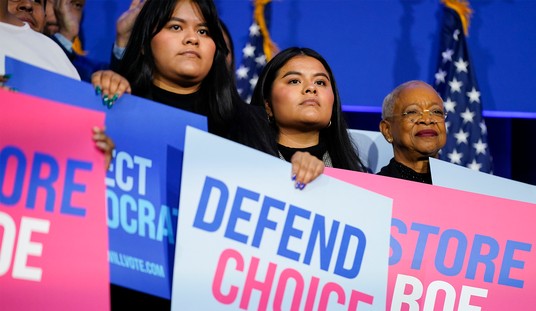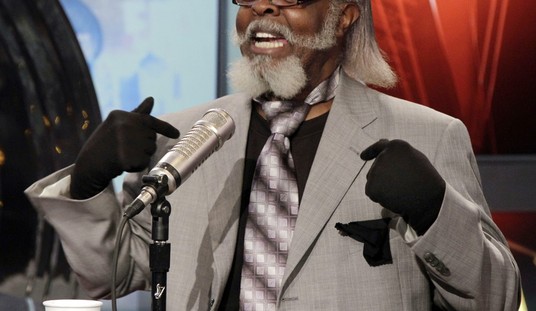In any acute shortage situation, rationing becomes inevitable. In New York City, that has gone way beyond face masks and personal protective equipment. Starting immediately, emergency medical services have been ordered not to bring cardiac-arrest cases to hospitals unless the patients have a pulse, a move designed to save capacity in the coronavirus pandemic:
The memo, distributed late Wednesday to New York officials and first responders, said certain near-death patients will likely not be able to be saved while city hospitals are overrun with COVID-19 patients.
Effective immediately, patients in cardiac arrest will not be transported to a hospital if first responders cannot get a pulse on their own while administering CPR, the memo states.
“These orders are binding and the FDNY will devise a plan for implementation,” Deputy Fire Commissioner Frank Dwyer told ABC News.
In a blunt advisory on March 29, the Nassau County Regional Emergency Medical Advisory Committee on Long Island stated, “There is no medical benefit to transporting patients in cardiac arrest with CPR in progress.” The statement goes on to justify the new protocol with a statistic saying successful resuscitation rates increase when patients are not moved during CPR.
First responders aren’t even authorized to move a pulse-less patient at all, unless the location is unsafe for them to attend the patient. The new policy will remain in place until the peak of hospitalizations in the city passes, and no one’s sure when that will be.
That is a harsh and yet perhaps understandable rationing decision, under the circumstances. The situation in the city’s hospitals is “quite horrible,” one NYC doctor told NBC News earlier in the week, and they simply can’t even keep up with the avalanche of coronavirus patients. The sheer volume of cases is creating excess deaths, the phenomenon that shelter-in-place orders are designed to prevent elsewhere:
A doctor at a major public hospital in New York City described having worn a single N95 mask, a critical tool in protection from the coronavirus, for an entire week. Normally, the Brooklyn doctor would change it after every visit with a patient. Colleague after colleague, including nurses and residents, have been falling sick with the virus. Patients were coming in for unrelated health issues and suddenly testing positive for coronavirus after coming to the hospital.
“The situation is quite horrible and they’re saying we haven’t hit the peak yet and we’re doing all sorts of crazy things to keep up,” the doctor, who spoke on the condition of anonymity, said. “We’re having so many patients dying.”
The doctor said medical staff have been fighting over rationed personal protective equipment, pediatric doctors have been asked to care for patients in their 70s and 80s, orthopedic doctors and cardiologists have been asked to help treat coronavirus patients and urologists have been working as senior intensive care unit staff. …
“We don’t have enough access to supplies on a regular basis, let alone when there is a crisis,” the doctor said.
“We are overwhelmed, extremely tired, working extremely long hours and it’s becoming in some cases dangerous because it’s not enough,” the doctor said. “Mistakes can be made and certain things can be missed.”
If doctors can’t keep up with the patients with pulses, they won’t be able to do much for those without pulses. That’s just a hard fact in a pandemic crisis that overwhelms a health care system, locally or otherwise. It’s called “triage” in wartime, and that’s precisely the situation in New York City.
For everywhere else in the country, it’s a warning of what will come if people don’t take this seriously. Until we have reinforced the health-care system with supplies, personnel, and treatments, the best way to prevent this kind of triage becoming the norm across the US is to keep our distance and slow down the exponential transmission of COVID-19.
Meanwhile, just for the sake of information …
#coronavirus: For now, these are the 11 states that do not have statewide stay-at-home orders:
-Alabama
-Arkansas
-Iowa
-Missouri
-North Dakota
-Nebraska
-South Carolina
-South Dakota
-Tennessee
-Utah
-Wyoming— Ana Cabrera (@AnaCabrera) April 2, 2020








Join the conversation as a VIP Member